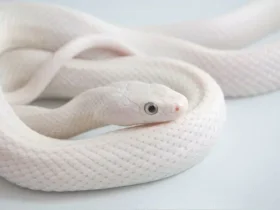Throughout various mythologies and cultural traditions, the concept of a many-headed snake has intrigued and fascinated people. Depicted in legends, folklore, and religious texts, the many-headed snake symbolizes power, duality, transformation, and the complex nature of existence. In this article, we delve into the symbolism and mythology surrounding the captivating creature known as the many-headed snake.

Mythological Representations
- Hydra of Greek Mythology: One of the most famous examples of a many-headed snake is the Hydra, a mythical creature from Greek mythology. The Hydra possessed multiple heads, often depicted as nine, and was said to dwell in the swamps of Lerna. It was known for its regenerative abilities, as cutting off one of its heads would result in the growth of two more in its place. Hercules, as part of his labors, had to slay the fearsome Hydra.
- Naga in Hinduism and Buddhism: In Hindu and Buddhist mythology, the Naga is a divine, serpentine creature with many heads. They are often associated with water bodies and are believed to possess supernatural powers. Naga deities are revered in these traditions and are associated with fertility, protection, and wisdom. Ananta Shesha, the thousand-headed serpent, serves as the bed of Lord Vishnu in Hindu mythology.
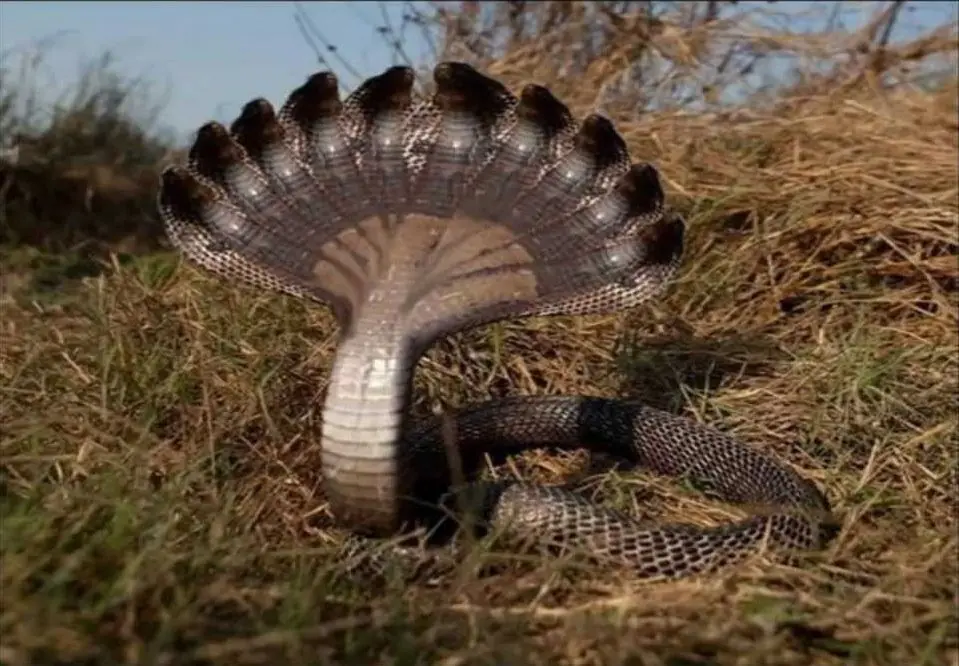
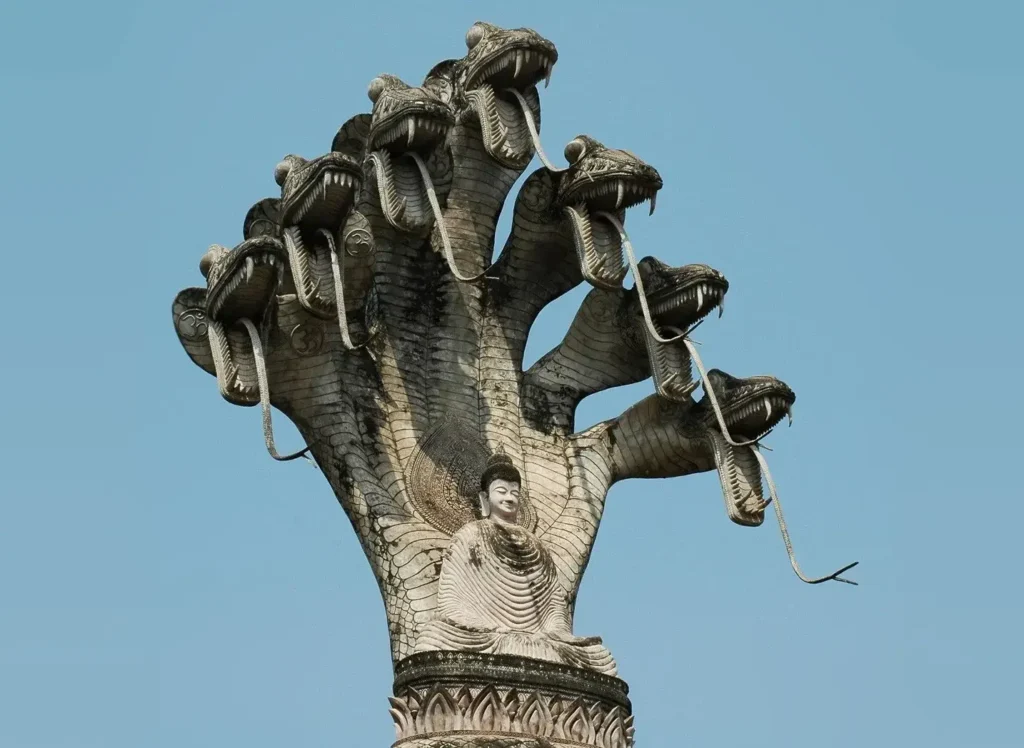
Symbolism and Interpretations
- Power and Guardianship: The many heads of a snake symbolize the immense power and authority it possesses. In many cultures, the creature is seen as a guardian or protector, capable of warding off evil forces and ensuring the well-being of individuals or sacred places. The multiple heads represent the ability to be vigilant and watchful in all directions.
- Complexity and Transformation: The many heads of a snake can also represent the complexity and dual nature of existence. It signifies the multiple facets of life, such as the intertwining of light and darkness, good and evil, creation and destruction. The shedding of a snake’s skin is often associated with renewal and transformation, emphasizing the cyclical nature of life and the potential for personal growth and evolution.
- Cosmic and Spiritual Connection: In some spiritual beliefs, the many-headed snake is associated with cosmic or divine forces. It represents the interconnectedness of all things and the eternal cycle of birth, death, and rebirth. The multiple heads can symbolize different realms or dimensions, suggesting a deep connection between the earthly and spiritual realms.
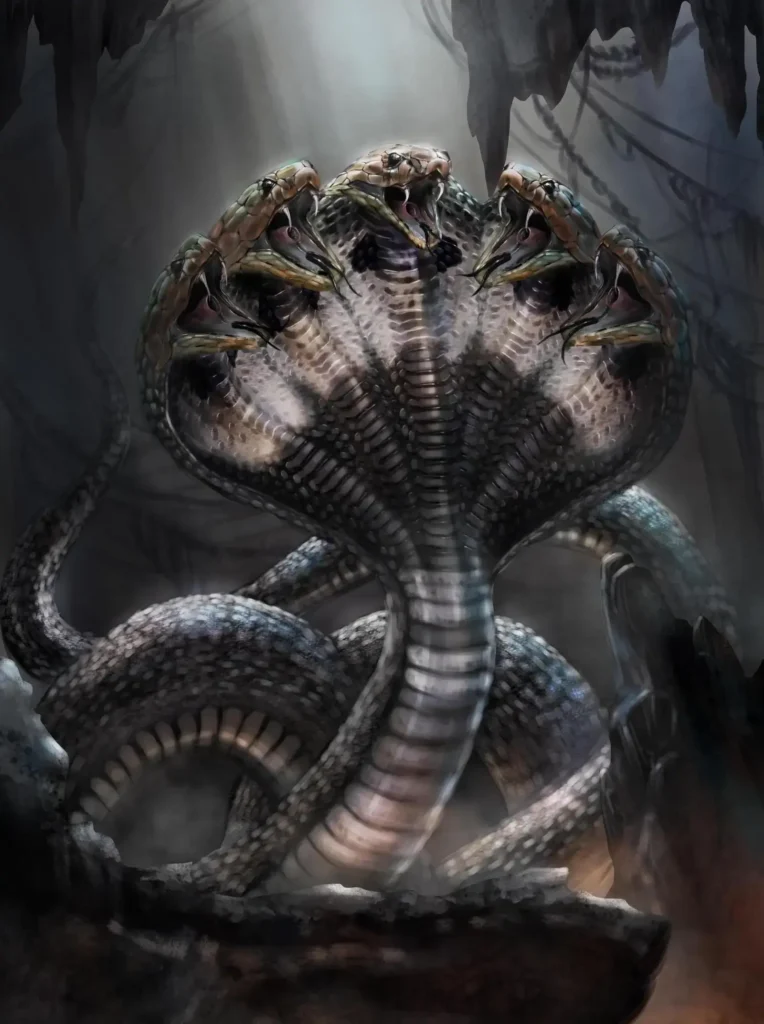
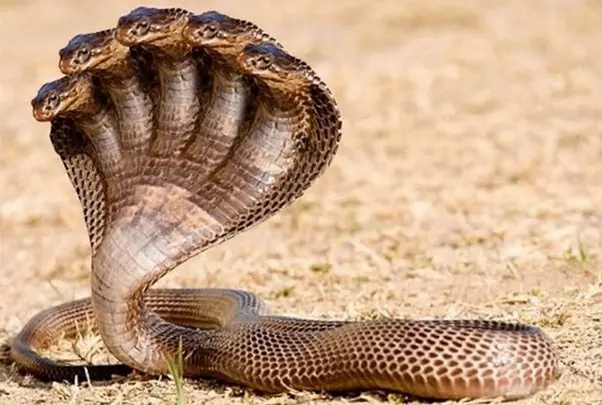
The concept of the many-headed snake holds a significant place in mythology and symbolism. Whether portrayed as a fearsome creature or a divine guardian, it captures the imagination and invites contemplation on the mysteries of life, power, transformation, and the intricate interplay between opposing forces. The symbolism and mythology surrounding the many-headed snake offer rich insights into the human psyche and our quest for understanding the complexities of the world around us.




